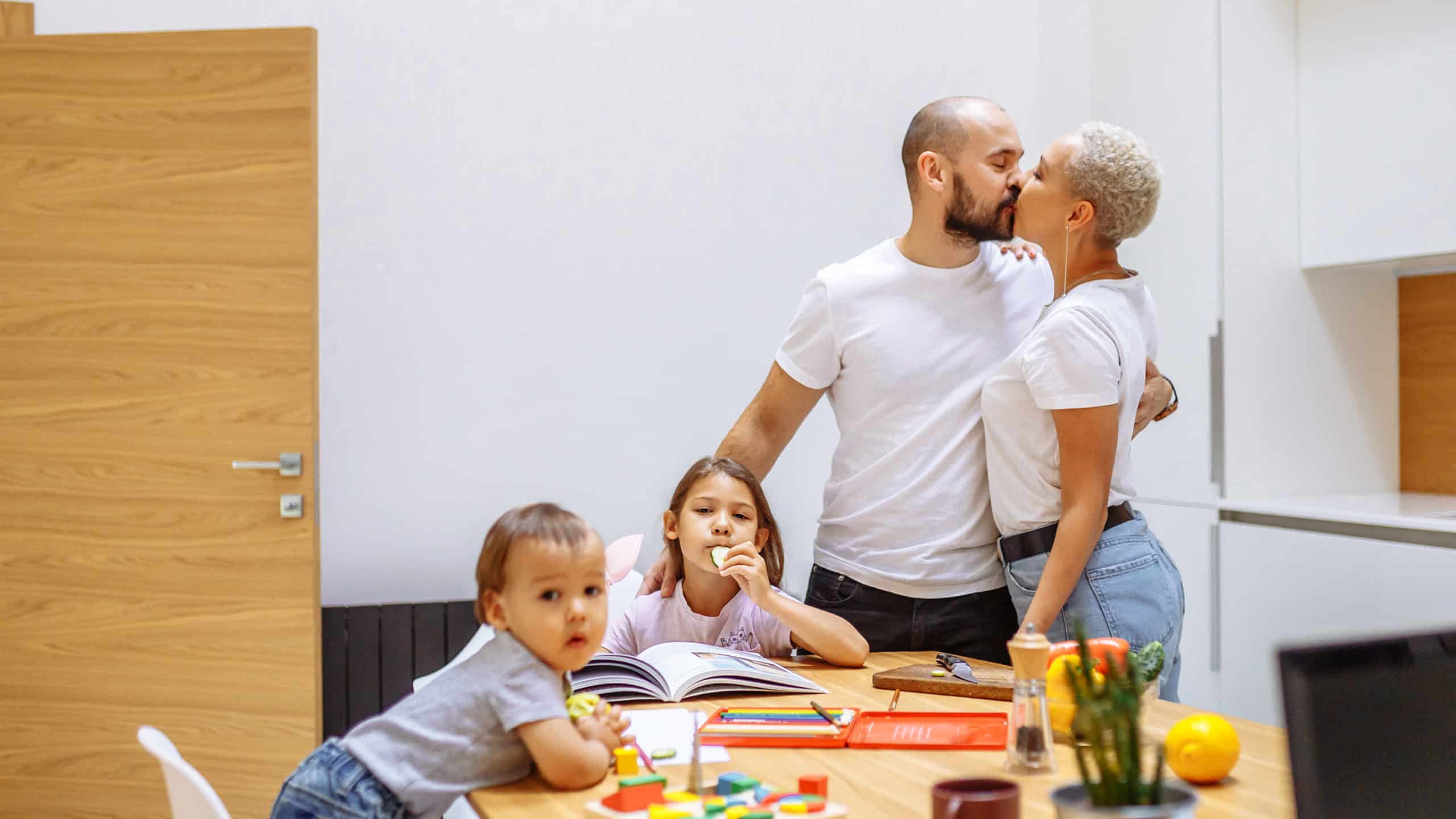An intact nuclear family begins with marriage, and then children come into the picture. In a blended family, children predate the marriage. Because of this, prioritizing marriage and stepparenting in blended families can be difficult.
Stepparenting is hard. You have all the responsibilities of caring for a child, all of the obligations and expenses, but get far fewer rewards than biological parents — especially in the beginning when everyone is trying to figure out where to put you.
I’ve developed what I call the Five P’s of Stepparenting — partner, pursue, pace, patience and persistence — to help stepparents discover how to define their role and establish themselves as trustworthy parent figures. Out of those five, partnering with your spouse must come first. Strong families aren’t built on children — they’re built on strong marriages.
Partnering is about strengthening your intimacy and commitment so you can love and lead your children well together. Consider the following ways to partner with your spouse and prioritize marriage in a blended family.
Invest in building a strong marriage together
First and foremost, you need a strong marriage built on love, trust and dependability. A solid, reliable relationship is what fuels both spouses’ ability to do the work of parenting. And in the case of the stepparent, a healthy marriage empowers them to be part of the authority team.
Parenting is hard work; it takes a lot out of us. And — have you noticed? — until children mature it’s often a one-way street. It can often seem like we do all the giving and they do all the taking!
What inclines adults to invest so much of themselves in their children is, for many, a relationship with God (who continuously pours love into their hearts) and a healthy marriage. Said another way, prioritizing marriage in a blended family ensures continued investment in the stepchildren.
Shift your primary allegiance to your spouse
To do this well, both spouses need to shift their primary life allegiance to their spouse and fully commit to “till death do us part.” Permanence and dedication contribute to an emotionally safe environment for adults and children.
Making this shift can be difficult for some parents. Before a first marriage, “leaving” your father and mother to establish a new home is one thing, but “leaving” your children (that is, shifting your utmost allegiance to your spouse) is another. But you must make the shift or everyone — you, your children and your spouse — will walk on eggshells, wondering what stressor might sever your marital bond.
A stepparent simply cannot find their footing in the home if the biological parent doesn’t elevate the stepparent’s status in the eyes of the children. Developing a strong marriage is key.
Keep in mind that this does not mean you neglect your kids! It simply means repositioning them in your heart so your ultimate loyalty belongs to your spouse. Prioritizing your marriage is crucial, but investing time and energy into your children is important, too. Make sure you’re consistently involved in their activities and interests as well as their internal life — their hopes, dreams and fears. Couples in first marriages raising their biological children don’t neglect their kids either, but their marriage does serve as the foundation to the home — and yours should, too.




















